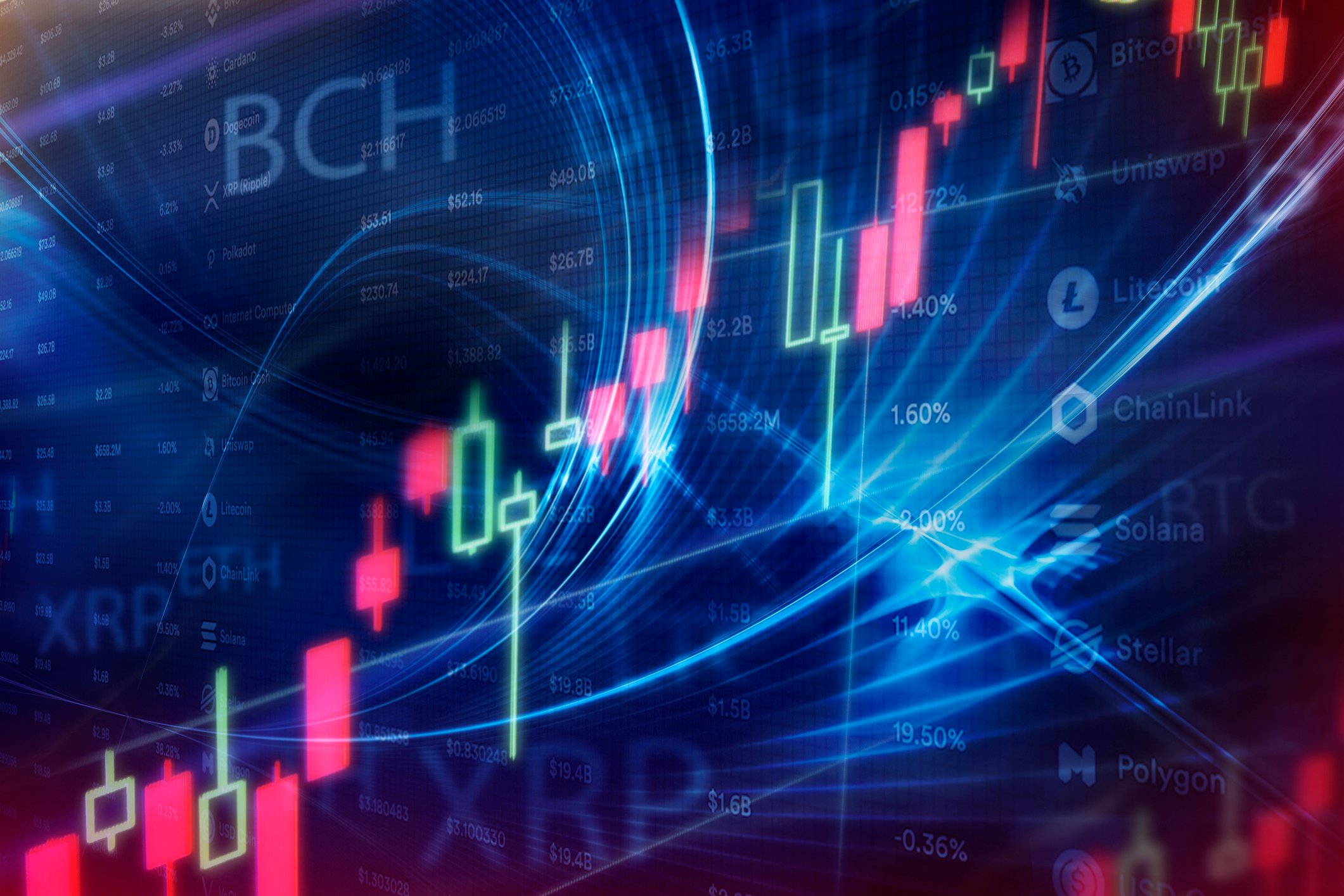Bitcoin (BTC 0.54%) and Ethereum (ETH +0.27%) are getting most of the attention in the cryptocurrency world because of their high valuations and wide base of holders. But they may not be the best way to invest in cryptocurrency for the long term.
If you believe, like me, that cryptocurrency's true value is in utilities like games, art, ticketing, decentralized finance, and NFTs, then a fast, low-cost cryptocurrency like Solana (SOL +0.68%) is a better place to put your money. And in 2022 I think Solana will break out into the mainstream.

Image source: Getty Images.
Solana is just getting started
For years, cryptocurrencies have been trying to build utilities into their blockchains, primarily in the form of non-fungible tokens, or NFTs. These primarily take the form of JPEG images, but they can unlock other benefits like access to websites or other digital assets. Ethereum was the first blockchain to widely use NFTs with smart contracts. NFTs themselves were made popular by the CryptoPunks launch in June 2017. NFTs have been growing on Ethereum ever since with billions of dollars in value trading hands each month.
Solana didn't get into NFTs in a big way until August 2021, just four months ago. "The Degenerate Ape Academy" was the first big NFT launch on the platform with 10,000 apes selling in eight minutes and raising $2.5 million.
That launch started a now flourishing ecosystem of NFTs from art to metaverse locations to utility projects. There are also a number of decentralized finance apps where users can put tokens and the stablecoin USD Coin (USDC +0.01%) in and help apps make a market, generating a return for taking a risk.
Most of these applications have sprouted up in just a few months. Now, imagine what can be built on Solana by the end of 2022.
Solana solves cryptocurrency's biggest problems
Two of the biggest disadvantages of cryptocurrencies traditionally have been their slow speed and expensive transaction costs. Bitcoin and Ethereum can have transactions costs that reach into the hundreds of dollars; you can see below that the average is a few dollars per transaction. That's about the same as credit card transaction costs for a $100-plus purchase and applies to even the smallest transactions. Solana, on the other hand, boasts an average transaction cost of $0.00025.
Bitcoin Average Transaction Fee data by YCharts
Speed metrics are also in Solana's favor. The network can process up to 65,000 transactions per second, comparable to credit card giant Visa, and light years ahead of the 15 or so that Ethereum can handle.
Lower costs and faster speeds have two advantages. First, they make the barriers to entry for new users much lower. You could start a cryptocurrency account on Solana with $20 and buy a few NFTs today. On Ethereum, that wouldn't cover the average gas costs, or the transaction costs for the network.
The second is that low costs allow more innovation by developers. Decentralized finance apps that can pool $5 from millions of users or games that can charge a few dollars for items could change how we view and interact with cryptocurrencies. If the financial friction in a cryptocurrency's ecosystem is reduced to near zero, the only limit on its potential is the imagination of innovators and creators building the ecosystem.

Image source: Getty Images.
Building a cryptocurrency future
I think the next wave of users and developers in cryptocurrency will move primarily into a low-cost blockchain like Solana, which would give it a leg up over the competition, at least until Ethereum's proof-of-stake upgrade that's been moved back to sometime in 2022. Solana may not be the biggest cryptocurrency yet, as legacy networks boast bigger projects and higher valuations, but this is an up-and-coming cryptocurrency. I think it's set to outperform the cryptocurrency market broadly in 2022.











